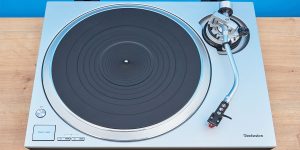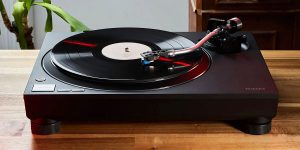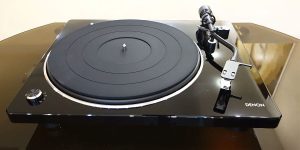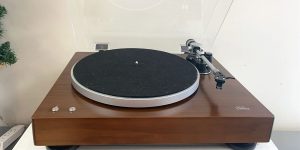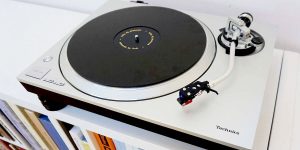Vinyl records have made a remarkable comeback in recent years, captivating music enthusiasts with their warm, authentic sound. Storing vinyl records correctly ensures their longevity and maintains their pristine condition for the ultimate listening experience. In this article, we will explore effective techniques for storing vinyl records to keep your collection safe, organized, and ready to be enjoyed for years to come.
Preparing your vinyl records for storage
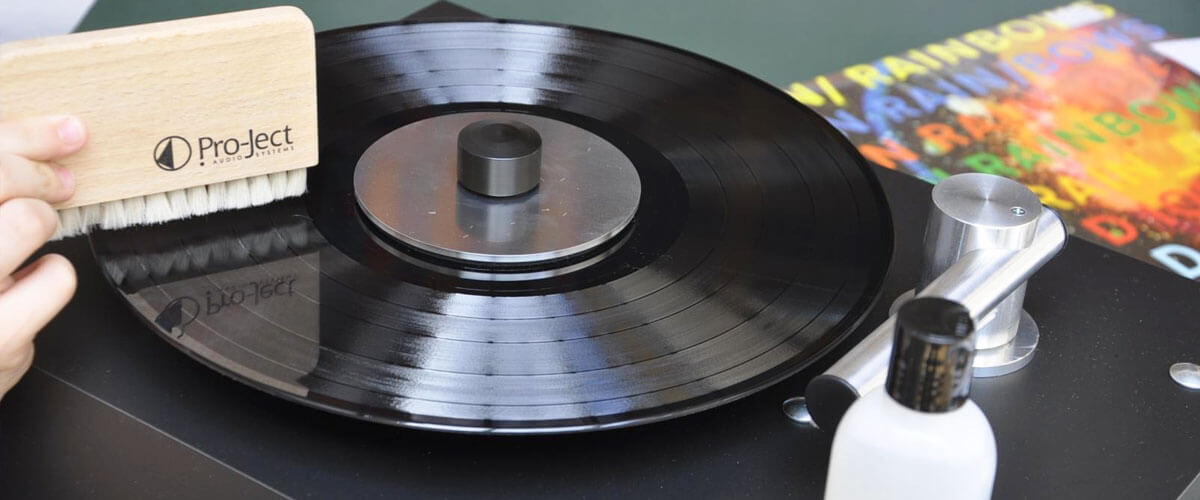
When it comes to preserving your cherished vinyl collection for the long haul, adequate preparation is of utmost importance. In this section, I’ll cover the essential steps to ready your records before stowing them away.
Thoroughly cleansing your records prior to storage
Cleaning your vinyl records before storing them is essential for maintaining their condition. Follow these steps to ensure a thorough cleaning process:
- Use a carbon fiber brush or anti-static record brush to remove surface dust and debris. Gently brush along the grooves in a circular motion.
- For deeper cleaning, consider using a vinyl record-cleaning solution. Apply a small amount to a microfiber cloth or specialized record-cleaning brush and wipe gently toward the grooves.
- Avoid using excessive pressure or abrasive materials.
- Once cleaned, allow the records to air dry completely before placing them back in their sleeves or storage.
These simple rules are actually incredibly important. Please don’t ignore them if you want to ensure that your collection continues to deliver magnificent sound instead of unpleasant crackling.
Tender handling to avert scratches and smudges
Embracing proper handling techniques is paramount to ward off unwanted scratches and unsightly smudges that might mar their sonic splendor.
Here are some key pointers to keep in mind:
- Gently grip the record by its edges or the label area, minimizing direct contact with the playing surface.
- Prioritize clean hands or consider adorning soft cotton gloves to minimize the transfer of oils, dirt, or moisture onto the records.
- Steer clear of rough or uneven surfaces that could potentially etch scratches onto the surface of your vinyl. Instead, opt for a velvety-soft cloth or a designated record mat to offer a secure and smooth resting spot.
Want your vinyl collection to deliver an optimal auditory escapade whenever the mood strikes? I strongly advise against touching the surface of the records with dirty fingers and haphazardly tossing them around, as this encourages the formation of new scratches.
Inspecting and replacing damaged or worn inner sleeves
Inner sleeves act as the unsung heroes, dutifully safeguarding your vinyl records against the perils of dust, scratches, and static electricity. However, wear and tear may take its toll on these protective sheaths over time, diminishing their efficacy. Sturdy and clean inner sleeves provide an extra layer of protection for your records, keeping them safe and sound in storage conditions.
Ideal storage conditions for vinyl records
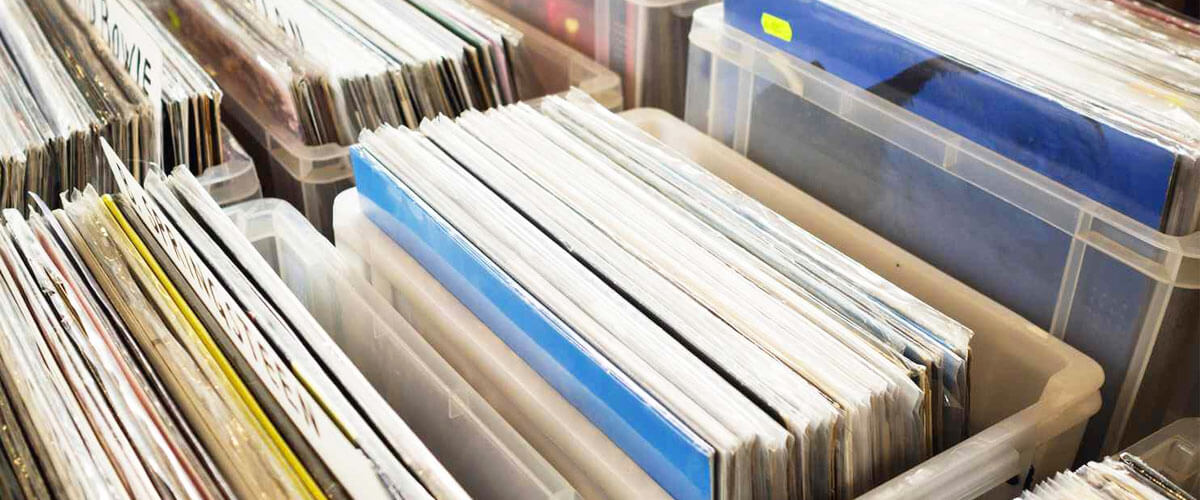
Proper storage conditions play a crucial role in preserving the longevity of vinyl records. Let’s explore the key factors to consider when creating an ideal storage environment for your cherished collection.
Maintaining a consistent temperature and humidity level
I have prepared 3 base tips to help you achieve that:
- Aim for a temperature range between 60-70°F (15-21°C): Fluctuations in temperature can cause records to expand and contract, leading to warping and distortion.
- Maintain a relative humidity level of 40-50%: High humidity levels can encourage mold growth, while low humidity can result in brittle records. Use a dehumidifier or humidifier to achieve the optimal humidity range.
- Avoid extreme temperature changes: Rapid shifts in temperature can cause stress on the vinyl material, leading to warping and cracking. Keep your vinyl collection away from areas prone to drastic temperature changes, such as near windows, doors, or heating vents.
If you disregard the aspects I have described, you may soon bid farewell to preserving the sonic qualities of your vinyl albums.
Avoiding direct sunlight and heat sources
Exposure to direct sunlight and heat sources also can have detrimental effects on vinyl records. UV rays from sunlight can fade album covers and cause warping or melting of the vinyl surface. Heat sources like radiators, heaters, or electronics can lead to warping and softening of the records.
When choosing a proper record storage location, opt for a cool, dark area away from windows and heat-emitting devices. Shield your albums from direct sunlight and keep them at a safe distance from any potential heat sources to protect their integrity.
Reducing exposure to dust and contaminants
Dust and contaminants can accumulate on the surface of vinyl records, affecting their sound quality and causing damage over time. To minimize exposure, store your collection in dust jackets or plastic sleeves, which act as protective barriers. Avoid smoking, eating, or playing records in dusty environments to prevent particles from settling on the delicate grooves.
The importance of vertical storage
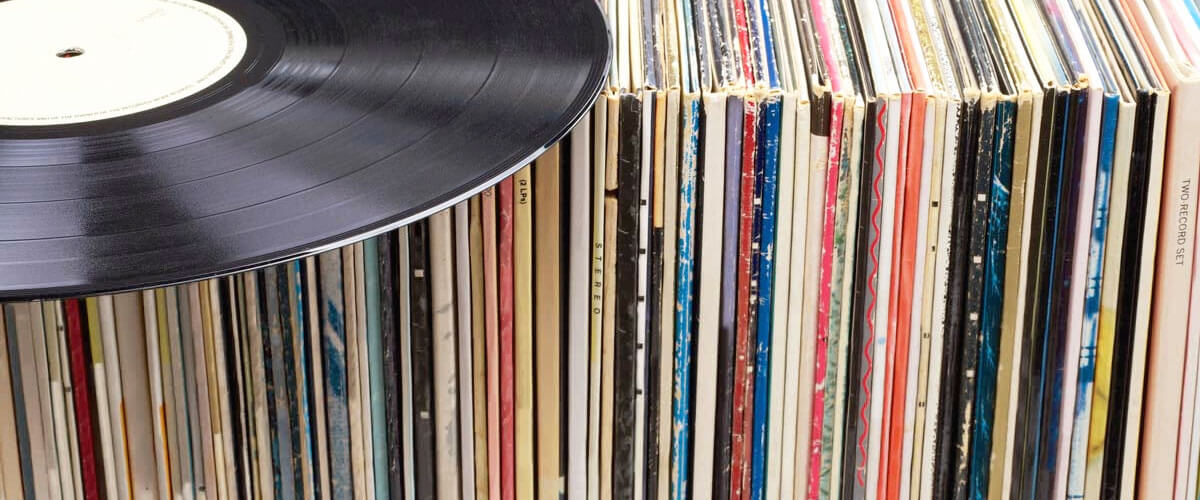
Wondering how to properly store your records? Maintaining the pristine condition and exceptional sound quality of your vinyl albums hinges on one essential practice: vertical storage. Unlock the secrets to maintaining your cherished vinyl collection with these essential guidelines.
- Preventing warping and ring wear. Improper storage can lead to warping and ring wear. Vertical storage reduces these risks, keeping your records in optimal condition.
- Ensuring adequate space and support. Provide enough space and support to avoid pressure and leaning. Use dividers or purpose-built storage units to keep records upright and well-supported.
- Benefits of vertical storage. Storing records in this way distributes weight evenly, minimizing the risk of warping and distortion. It also allows for easy browsing and retrieval without causing wear and tear.
In conclusion, adopting proper storage practices is paramount to safeguarding the longevity and authenticity of your vinyl record collection. By meticulously adhering to the steps outlined in this article, you can preserve the soulful melodies and cherished memories encapsulated within each vinyl groove.
We are supported by our audience. When you purchase through links on our site, we may earn an affiliate commission at no extra cost to you.
Our newsletter
* We will never send you spam or share your email with third parties


